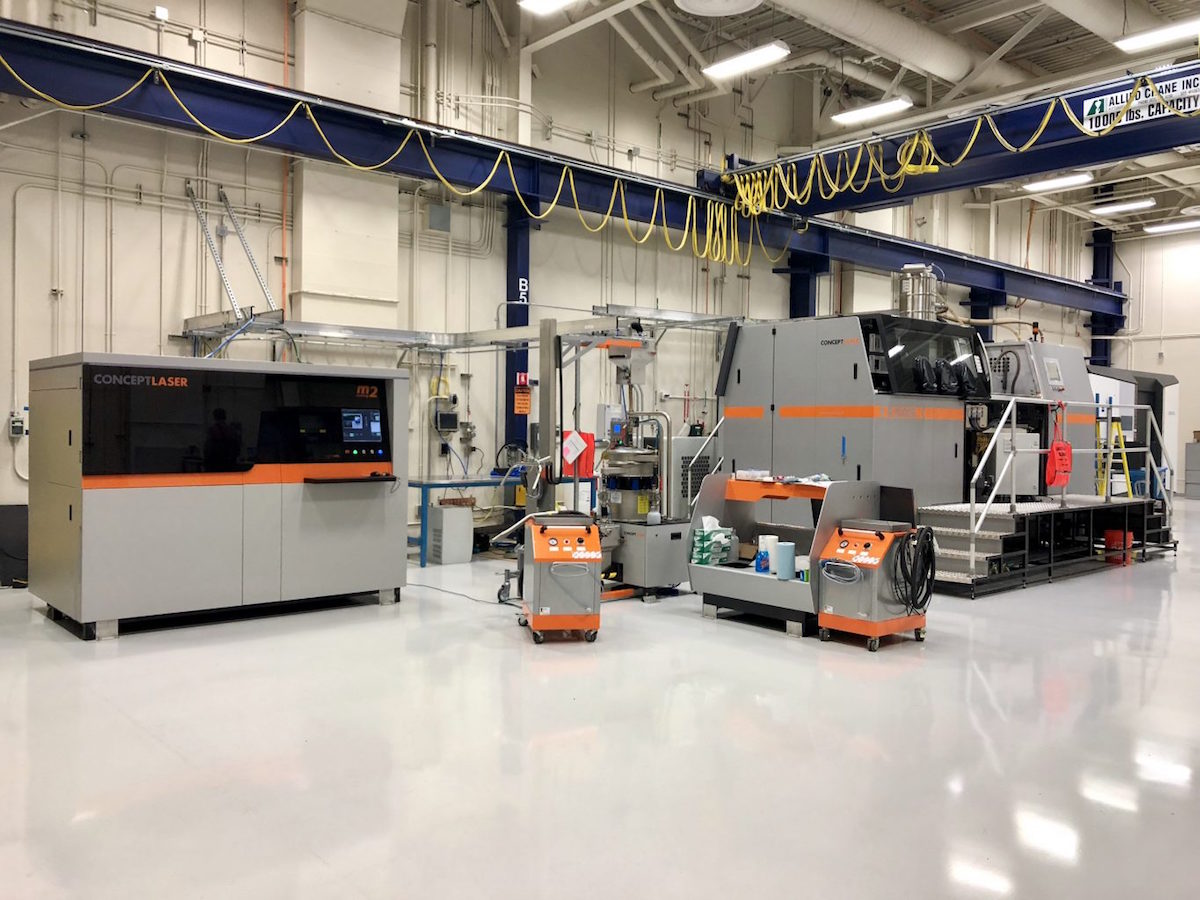Lockheed Martin's Additive Design and Manufacturing Center in Sunnyvale, CA, has received the industry’s first UL 3400 safety certification. The company has met the UL guidelines for the hazards associated with additive manufacturing facilities.
UL published UL 3400, Outline of Investigation for Additive Manufacturing Facility Safety Management, last year. The organization says the standard is recognized as the additive manufacturing industry's first set of guidelines focused on facility safety.
“Employers, employees, local regulators as well as insurance companies who have to underwrite additive manufacturing facilities, were not fully aware of the inherent material and technology risks,” said Balu V. Nair, UL's additive manufacturing lead development engineer, who played a key role in the development of UL 3400. “Safety is designed rather than built. Not a single standard or statutory guideline was available that specifically focused on additive manufacturing. Other standards and guidelines were developed for conventional manufacturing processes. We decided to address this industry need by developing a set of guidelines with exclusive focus on additive manufacturing.”
UL 3400 covers three layers of safety: material, equipment and the facility as a whole. The guideline also references applicable standards from the Occupational Safety and Health Administration, the National Fire Protection Association, UL and ASTM International among others.
Additive Maufacturing Facility Designed for Safety
The Lockheed Martin ADMC is a 6,775-square-foot 3D printing research center focused on space applications.
“Lockheed Martin built the first 3D printed parts bound for deep space on the Juno spacecraft, and we've been at the forefront of additive manufacturing ever since. This facility builds on our 60 years of Silicon Valley research and decades of satellite manufacturing expertise, so we can launch lighter, more affordable products faster,” said Thomas Malko, vice president of Engineering & Technology at Lockheed Martin Space. “Lockheed Martin's ultimate goal is to build satellites in half the time and cost, and this facility will accelerate that capability for our customers. Now with UL certification, we can move forward with confidence, both within the company and with our customers, showing we are paving the way for the factory of the future.”
The Lockheed facility was designed with safety in mind, particularly since the powdered alloys it works with can be highly reactive and flammable. Lockheed engaged UL to assess their plans for the building based on input from the local fire marshal.
“Because of the newness of the technology and the reactive nature of materials, the fire marshal wanted the facility’s design and safeguards to be evaluated by a third-party,” said Servando Cuellar, a senior engineering manager with Lockheed Martin.
According to an article on UL’s website, potential hazards in such a facility include respiratory and intestinal infections caused by exposure to metal powder, the release of toxic waste into the environment, and additional fire and safety concerns.
“The introduction of new advanced manufacturing technologies has the potential to transform modern industrial production,” said Melissa Albrecht, an additive manufacturing global program manager at UL. “We are eager to continue UL's mission of advancing safety and quality through the next industrial revolution.”
UL also recently published a study that found certain types of 3D printers produce dangerous emissions, including ultrafine particles and VOCs.
Source: UL
About the Author
Follow Robotics 24/7 on Linkedin
Article topics
Email Sign Up
















